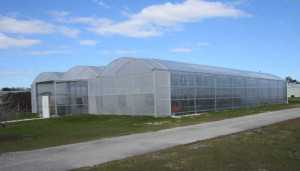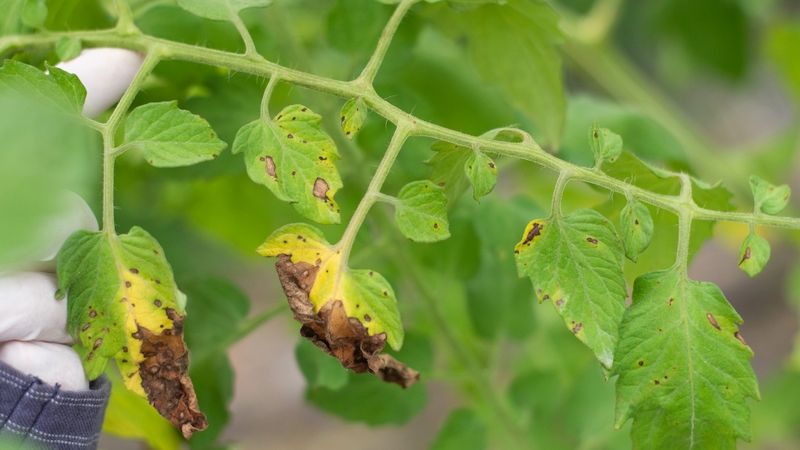Florida Citrus Industry Welcomes New State-Of-The-Art Greenhouse

Photo courtesy of UF/IFAS
The citrus industry has just gotten its own state-of-the-art greenhouse, dedicated solely to citrus nursery research as the state continues its fight against citrus greening.
The $200,000 facility is located at the University of Florida’s Mid-Florida Research and Education Center in Apopka. Officials say it was built there to shield the young plants from greening in the state’s main citrus-crowing areas of Central and South Florida, as federal guidelines suggest.
The new greenhouse contains innovative technology, including:
- Fifty-one 4-by-7-foot tables, each serving as an experimental unit; they can be reconfigured as needed.
- Each table is outfitted to measure water movement through a plant and provide precise irrigation as needed.
- A control room with 144 switches, which manage 192 inputs for water, fertilizer, and weight and sensor readings for nutrient elements and temperature.
- A versatile computer program capable of controlling several experimental systems concurrently.
There is capacity for 12,000 experimental trees in the 70-by-96-foot building, which sports a 16-foot-high ceiling to reduce the heat on the plants and workers.
The structure was built thanks to the Florida Nursery, Growers and Landscape Association’s citrus nursery members and UF/IFAS.
“The greenhouse is extraordinarily important to the citrus industry as it battles the devastating citrus greening disease,” said Jack Payne, UF senior vice president for agriculture and natural resources. “This facility will allow us to continue to be at the forefront of research.”
Scientists will use the greenhouse to research problems and develop more efficient production practices for the citrus nursery growers, who produce young trees for planting in groves. They will also ramp up the production of new trees for replacement in groves heavily hit by greening.
“The citrus nursery growers’ investments in this new greenhouse underscore our optimism for the future health of Florida’s citrus industry,” said Ben Bolusky, FNGLA’s chief executive officer. “The research that can now be conducted will offer key scientific insights into producing citrus nursery trees that hold the keys to long-term success.”
Researchers and growers are developing rootstock and plants resistant to greening using traditional budding methods and modern DNA genetics. In addition, they are researching psyllids. The greenhouse will offer researchers the ability to scientifically evaluate new plants.
Richard Beeson, an associate professor of environmental horticulture, designed, built and programmed the computerized control panels for the greenhouse. He is already working on experiments to quantify how much water is needed to produce trees in various conditions for planting into groves, from seed until marketable size. He and Hayk Khachatryan, an assistant professor in food and resource economics, will study the optimum spacing of trees on tables for maximum profitability for greenhouse producers.
“I have researched growth and water needs of landscape trees and woody shrubs in Florida since 1990,” Beeson said. “I am excited to apply the knowledge I have gained to help the citrus nursery industry maximize yields and profits to help restore Florida’s citrus heritage.”
The new greenhouse is scheduled to be officially dedicated March 25 at the UF/IFAS Mid-Florida Research and Education Center.
Source: UF/IFAS









